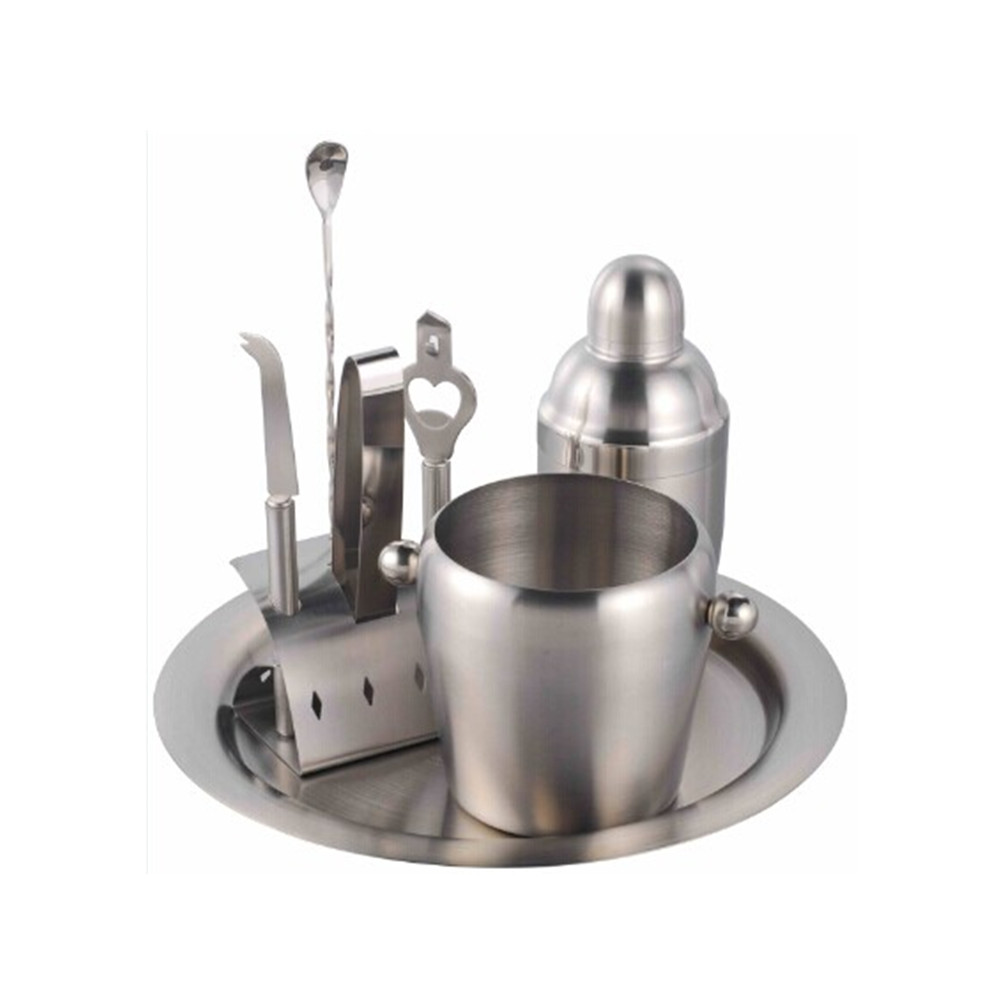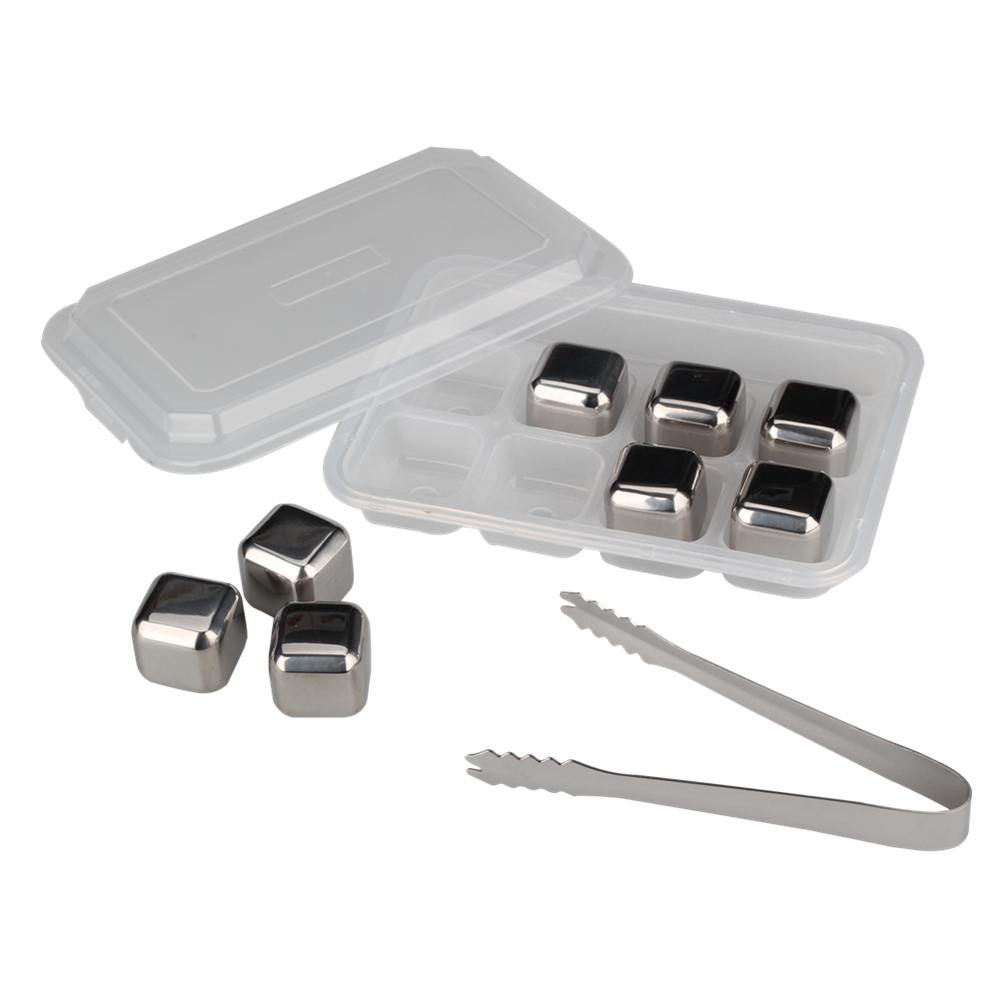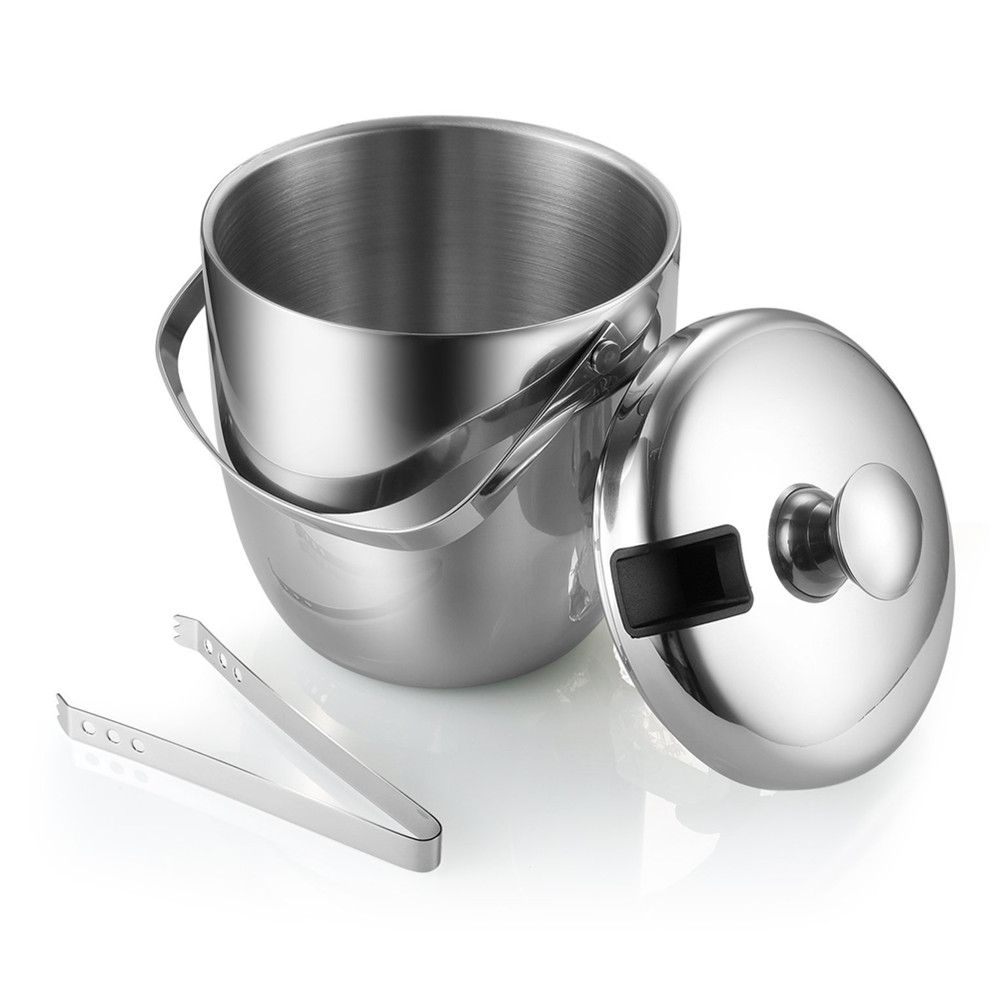In inkjet printing, the formulator and producer of inks are addressing the balance between nozzle maintenance (slow drying), printing, and media rewinding (fast drying). Water-based inks themselves are slow to dry, and ink manufacturers often add moisturizers. , such as ethylene glycol, to slow drying and prevent nozzle clogging. All these inks are used only for printing materials with high printing quality and complex printing media. The production cost of these products is not particularly low. Although the appearance looks like paper, it is not paper but is composed of multiple layers. For oil ink printers, the printing medium is required to be more stringent because the oil does not actually evaporate and the medium must contain all the oil. For solvent inks, they are usually used to print vinyl flags, mesh cloths, and vinyl stickers. Most of them have no primary coating that absorbs ink solvents. Fortunately, many solvent inks can adhere to ethylene. Some solvents are made of vinyl polymers. The structure absorbs and the nozzle maintenance is better. This usually indicates that the ink formulation has at least a small amount of volatile solvents, but it is not easy to dry. In general, many high-productivity solvent ink printers avoid the use of specialized media with expensive coatings. Printer manufacturers often use built-in preheating or post-heating rollers, platforms, or drying stations to solve this problem.
In general, today's drum printers, which are actually in operation, are mostly dependent on the absorption characteristics of a specific medium for all liquid carriers, or rely on pre- or post-heating of the medium. Once printed on rigid non-absorbent materials, the above is not a good solution and UV inks have to be used. This is the main reason that WEB expects the use of UV inks to increase significantly (above 180%).
For more than a decade, UV inks have been used in traditional printing, such as offset printing, screen printing, flexographic printing, and gravure printing. In these printing processes, UV inks continue to win the market share of other inks, accounting for more than 20% in this part of the ink market. Their characteristics such as less environmental pollution, stable process, and quick drying on non-absorbent materials (mediums) have become an important driving force for promotion. For offset and waterless offset printing, the introduction of UV-curing inks has made offset printing a challenge for screen printing, even flexo printing, in new applications for plastic materials. In contrast, the introduction of UV inks for ink jet printing is relatively late, but it has now been adopted and will continue.
Another reason why UV curing technology penetrates into inkjet printing is the commercial drive. When inkjet inks supported by global ink companies are introduced, global leaders in screen printing inks such as Seiki, Toyo, and 3M have a global presence. Distribution channels and resources, they introduced the factory UV inkjet technology.
Some people say that although UV inks will be used for platform printing, they will be ranked behind water-based inks, solvent inks, and oil-based inks. In general, many hard materials and media are absorptive. Why then must UV inks be used? In some ways, such as packaging, it may prove correct.
However, many companies print absorbent materials and also print non-absorbent materials such as hard vinyl, corrugated polypropylene, foamed PVC or acrylic. These materials are relatively expensive, so they are limited to professional printing and short-lived jobs. In this area, flat panel printing scores higher than screen printing, and for long-run printing and cheap absorbent media, screen printing will be very good. To keep its traditional market.
The survey also showed that most large-scale printers and technical users require versatility that can be printed on a variety of materials. Machines that print on absorptive, rigid media are not attractive to buyers.
In today's global inkjet market, UV-curable inks account for less than 1%, and WEB predicts that by 2010, the market for UV inks will exceed 10% in all applications. In the case of flat panel printing, UV-curable inks Will continue to dominate.
Stainless Steel Barware
We have many different kinds of barware items for you to choose, which made of excellent quality stainless steel material.
Cocktail shaker set suitable to use in home and bar for cocktail making, combine different kinds of cocktail tools, such as Cocktail Shaker, ice tong, knife, bottle open, strainer, Measuring Cup and so on.
High quality whiskey stone ,help you enjoy the wine and keep cold. Different shape for you to choose, coffee bean, diamonds ball , bullet shape and so on.
Material:SS304
Finishing: Satin polishing ,Mirror Polishing ,Color painting
Logo: Laser logo, Etching logo, Silk printing logo, Embossed logo, Decal logo
MOQ : 2000 PCS
Packaging : White box, Mail box or Customized package
Sample Time : 7~10 days
Lead Time :60 days after have the deposit
Payment: T/T ,L/C or others
Payment term: 30% deposit before production and 70 % balance against the copy B/L



OEM product available .
Sample available.
Welcome to contact us directly for more details.
Stainless Steel Shaker,Stainless Steel Barware,Ice Bucket,Wine Bucket
Jiangmen Wellway Houseware Co.,Ltd , https://www.wellwayhouseware.com